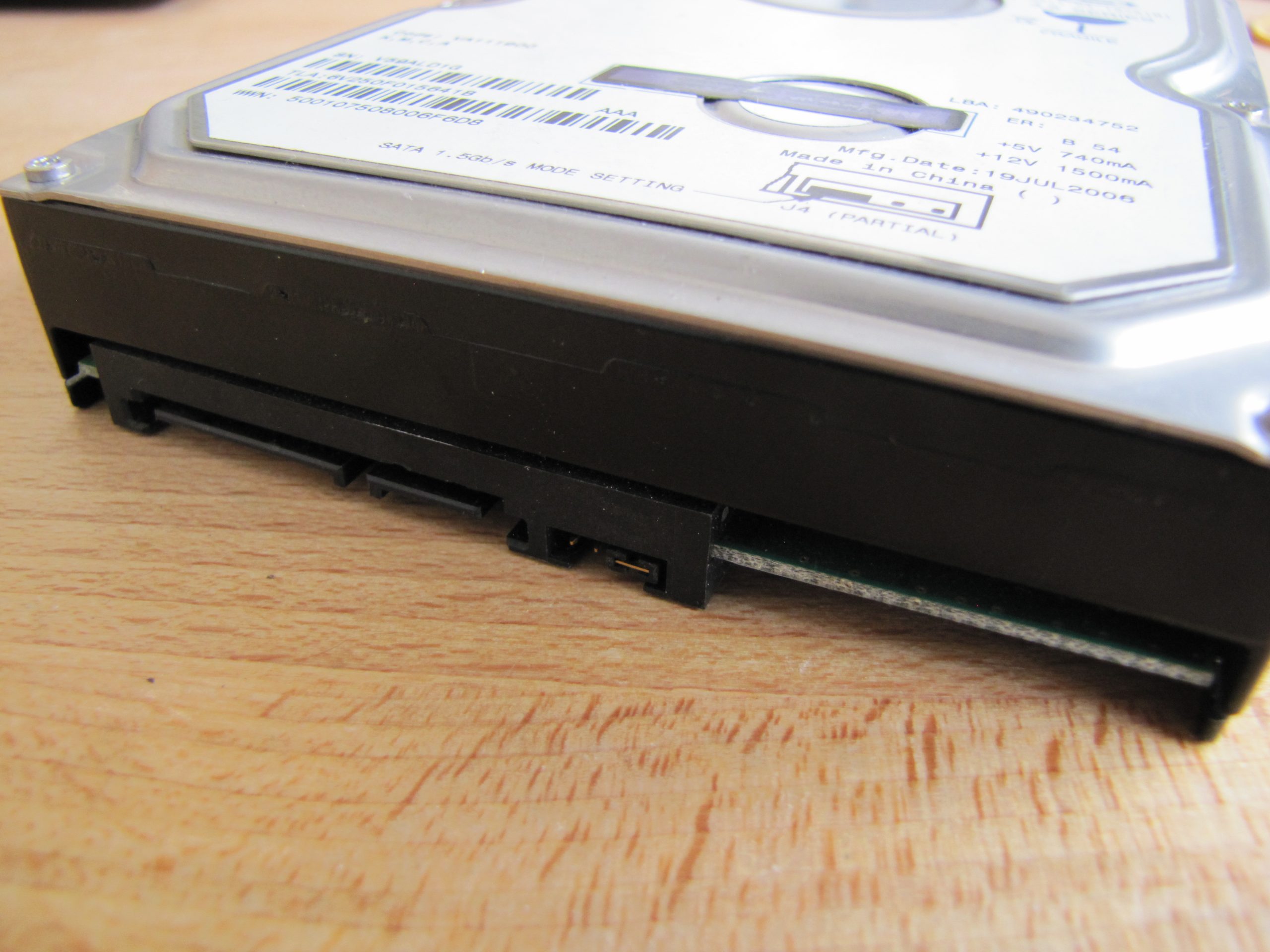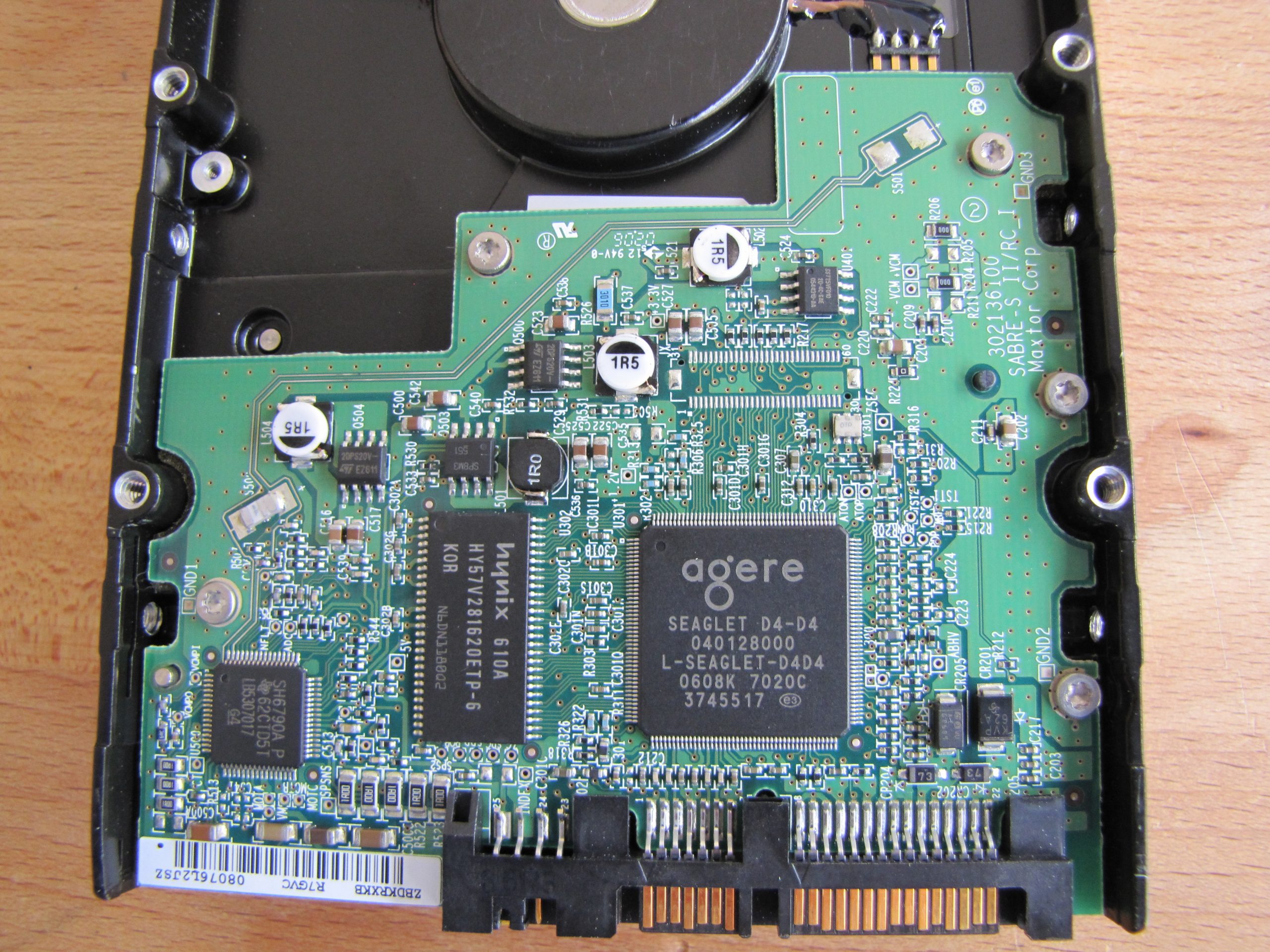One of the last native Maxtor drive series to continue until their dissolution, fading away after being swept into Seagate. Unlike the DiamondMax Plus 9’s, the DiamondMax 10’s seemed to suffer much less from the poor reputation and reliability record Maxtor had at the time. Perhaps being a form of survivorship bias, the DiamondMax 10’s seem to hold up a lot better in the long run compared to their older brethren.
This particular drive was manufactured by the time Maxtor was no longer Maxtor. Seagate stopped production of these drives, scrapping their design entirely by the end of 2006. No native Maxtor drive designs would survive into 2007. This drive is really one of the last DiamondMax 10’s and for that matter, one of the last true Maxtor’s.

Drive Attributes ------------------------------------- Maxtor DiamondMax 10 6V250F0 ------------------------------------- Capacity 250GB Mfc Date 2006-07-19 Format 3.5" Interface SATA-II Platters 3 Heads 5 RPM 7200 -------------------------------------
At 250GB, this drive is definitely in the middle of the pack in terms of the DiamondMax 10’s capable capacities. The largest model of the DiamondMax 10 was the 6V320F0, a SATA II 320GB drive. On the other hand, the smallest drive in the series was the 6V080E0, coming in at only 80GB (with the same SATA II spec).
These drives were quite prevalent in the IDE-SATA transition and I remember seeing many of them when dealing with machines from the era of these being relavent. Anecdotally, they held up reasonably well, but did certainly have their fair share of issues. I definitely recall them running rather warm, to say the very least. Assuredly, a common issue with Maxtor’s of this era.

The labelling structure on these drives holds many of Maxtor’s old traditions, reigning back to the time of their acquisition of MiniScribe. While missing the rather foreboding “Total Customer Satisfaction”, the label lingo remains the same. It’s nice that they kept the classic blue colour on these, where most manufacturers were starting to phase into the boring era of drive labels.

By this point, Maxtor had ommitted the Molex power connector, relying entirely on SATA-power for such connectivety. Hitachi and Western Digital kept the Molex connector for quite some time, but clearly Maxtor decided it was no longer necessary for machines going forward. Sucks for you, buy a new power supply! (or a fire-starting Molex to SATA adaptor)

There’s a lot to look at on one of these, once you flip them over. The PCB’s on these are impressively bare on the outer edges.

Taking a closer look at the PCB, the in-house model name for these becomes apparent. In this case, the SABRE-S II/RC_1 silkscreen demonstrates this. It’s immediately apparent that Seagate were involved with these, seeing the print on the Agere controller IC mentioning the “Seaglet” nomanclature. There was very much a supply chain integration taking place at this point. The spindle motor connector is rather unique, but clearly it does the job.

This particular sample is in excellent shape, with a decent amount of usage-time already. I’m quite impressed with the rather in-depth SMART attribute list.
Maxtor’s end had pretty much already passed by the time this drive released, ending with a horrendous reputation in reliability. Their customer support was relatively decent from what I remember, but that was the only upside of Maxtor. Seagate continued onwards, rapidly declining in reputation with the 7200.11’s beginning their streak of poorly made drives. Perhaps the acquisition of Maxtor was the catalyst for Seagate’s poor reliability later onwards, but that’s certainly up for debate.
I quite like the DiamondMax 10’s, but they’re not the first drives I’d use in any sort of modern day operating environment. They’re certainly a fair sight better than the DiamondMax Plus 9’s, in my opinion.
Here’s a few files, for the curious:
Maxtor DiamondMax 10 Drive Specifications (pdf)
Maxtor DiamondMax 10 Drive Specifications (IDE-only) (pdf)
If you missed the video I made on this drive, you can find it here:
That Maxtor Hard Drive has a lot of hours considering it’s a Maxtor, it’s really suprising. Also it’s in perfect shape so that’s really nice and cool. Also it’s really interesting that all Maxtor Drives have odd capacities this one for example is 250.9GB. Really cool drive, keep up the good work!